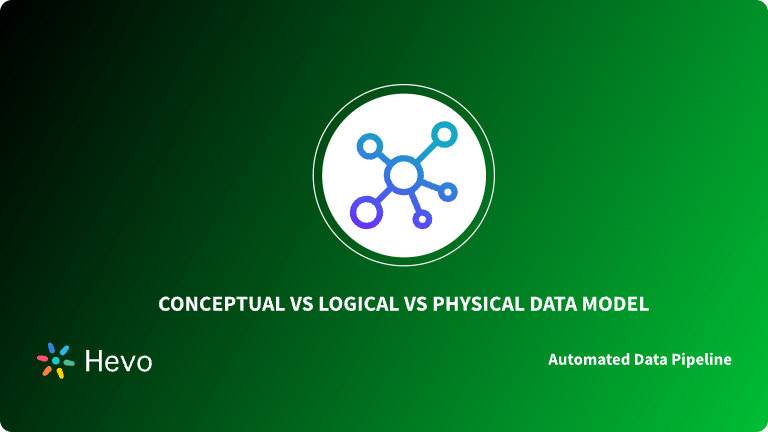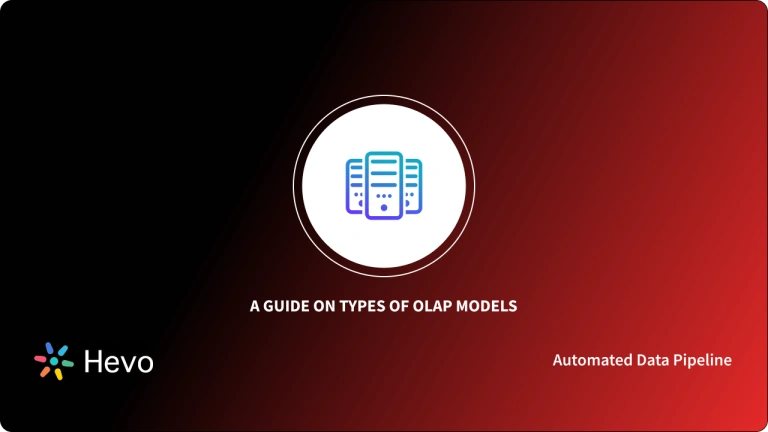The current need to store massive chunks of data relevant to multiple related or unrelated categories shows that Databases must be very good at what they’re supposed to do. This isn’t just because you’re dealing with a large amount of data that’s constantly being revised or modified; the dynamics of it aren’t the only thing that matters. Databases are the literal backbone of a client’s lifestyle or a business’s worth because of the social value that each individual has assigned to them.
The core of the functionality that they provide to users is the design of various types of Database Models. Because data is a dynamic entity, it is stored in a variety of ways. It is also the reason why businesses create their Databases to meet their specific requirements.
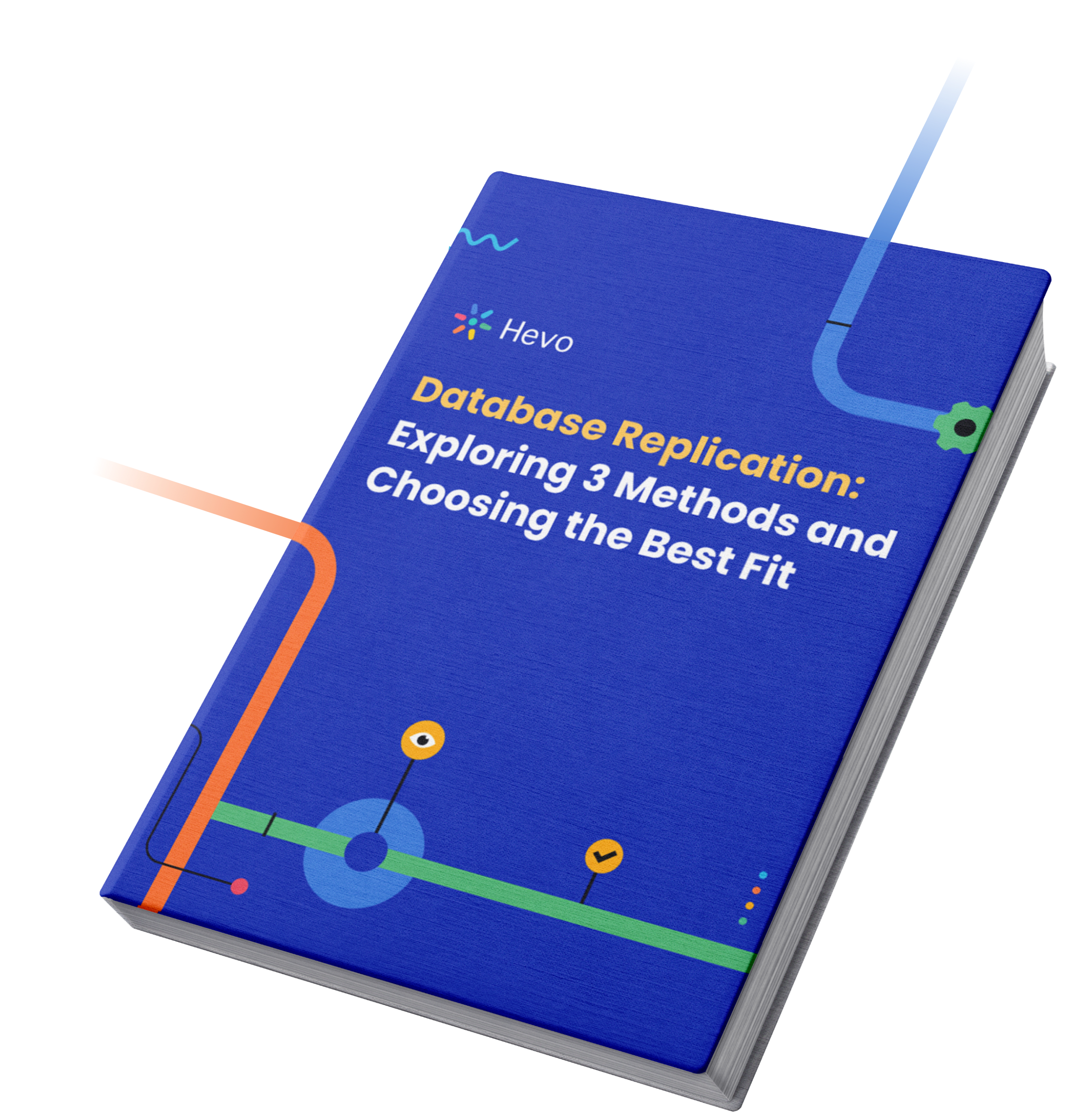
This article talks about the Types of Database Models in detail. It also gives a brief introduction to Database Models.
Table of Contents
What is a Database Model?
A Database Model is a type of data model that defines a Database’s logical structure. It determines how data can be stored, organized, and manipulated in the first place. The Relational Model, which uses a table-based format, is the most common Database Model. This model’s structured approach mirrors the way a US company list organizes businesses into easily searchable categories. It demonstrates how data is organized and the various types of relationships that exist between them.
The network Model, entity-relationship Model, hierarchical Model, object-oriented Model, and object Model are some of the different types of Database Models. These different types of Database Models have distinct appearances and operations and can be used in different ways depending on the needs of the user.
The facts that can enter the Database, or those of interest to potential end-users, are specified by a database schema, which is based on the Database administrator’s knowledge of possible applications. In predicate calculus, the concept of Database schema is analogous to the concept of theory. A Database, which can be seen as a mathematical object at any point in time, closely resembles a Model of this “theory.” As a result, a schema can contain formulas that represent both application-specific integrity constraints and Database-specific integrity constraints, all expressed in the same Database language.
Hevo Data, a No-code Data Pipeline, helps integrate data from various databases with 150+ other sources and load it in a data warehouse of your choice. It provides a consistent & reliable solution to manage data in real-time and always has analysis-ready data in your desired destination. Check out what makes Hevo amazing:
- Easy Integration: Connect and migrate data without any coding.
- Auto-Schema Mapping: Automatically map schemas to ensure smooth data transfer.
- In-Built Transformations: Transform your data on the fly with Hevo’s powerful transformation capabilities.
GET STARTED WITH HEVO FOR FREE[/hevoButton]
Types of Database Models
The different types of database models are:
- Relational Database Model
- Hierarchial Database Model
- Network Database Model
- Object-Oriented Database Model
- Object-Relational Database Model
- Entity Relationship Database Model
- Other Database Models
Relational Database Model
A Relational Database management system refers to the various software systems used to maintain Relational Databases (RDBMS). The data in this type of Database Model is organized in two-dimensional tables with rows and columns, and the relationship is maintained by storing a common field. There are three main parts to it.
Three key terms, relations, attributes, and domains, are frequently used in Relational Models. A table with rows and columns is what a Relation is. In relational databases, Attributes are the defining characteristics or properties that define all items belonging to a particular category and are applied to all cells in a column. The Domain is nothing more than the set of values that the attributes can take. The relational Database Model is depicted in the following diagram.
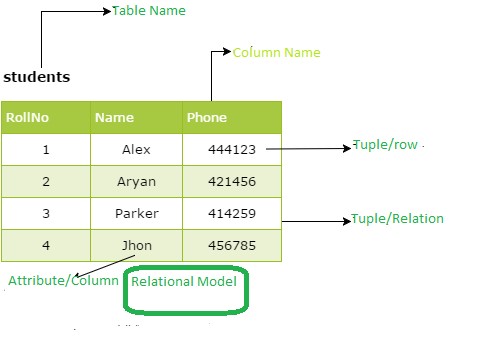
Parameters in Relational Model
- Tuple: A tuple is a single row in a table.
- Cardinality Of a Relation: The cardinality of a relationship is determined by the number of tuples in it. The relation has a cardinality of 4 in this case.
- Degree Of a Relation: Each tuple column is referred to as an attribute. The degree of a relationship is determined by the number of attributes in it. The degree of the relationship in the figure is 3.
Keys Of a Relation
- Primary Key: It’s the identifier that makes a table unique. There are no null values in it.
- Foreign Key: It refers to another table’s primary key. Only values that appear in the primary key of the table to which it refers are allowed.
Examples
- Oracle: The Oracle Database is also known as Oracle RDBMS or simply Oracle. Oracle Corporation produces and markets a multi-Model Database management system. An Oracle database is a logical collection of data. A database is used to save and retrieve data. It’s the first database built specifically for enterprise grid computing, the most flexible and cost-effective way to manage data and applications.
- MySQL: MySQL is a Relational Database management system (RDBMS) based on Structured Query Language that is free to use (SQL). MySQL is available on almost every platform, including Linux, UNIX, and Windows.
- Microsoft SQL Server: In corporate IT environments, Microsoft SQL Server is an RDBMS that supports a wide range of transaction processing, business intelligence, and analytics applications.
- PostgreSQL: PostgreSQL, or simply Postgres, is an object-Relational Database management system (ORDBMS) that focuses on extensibility and compliance with industry standards.
- DB2: DB2 is an IBM database product. It’s a database management system for relational databases (RDBMS). It is an RDBMS that is optimized for data storage, analysis, and retrieval. With XML, the DB2 product now supports Object-Oriented features and non-relational structures.
The tables below show a sample Relational Database Model for a bank environment, where data is stored in two-dimensional tables.
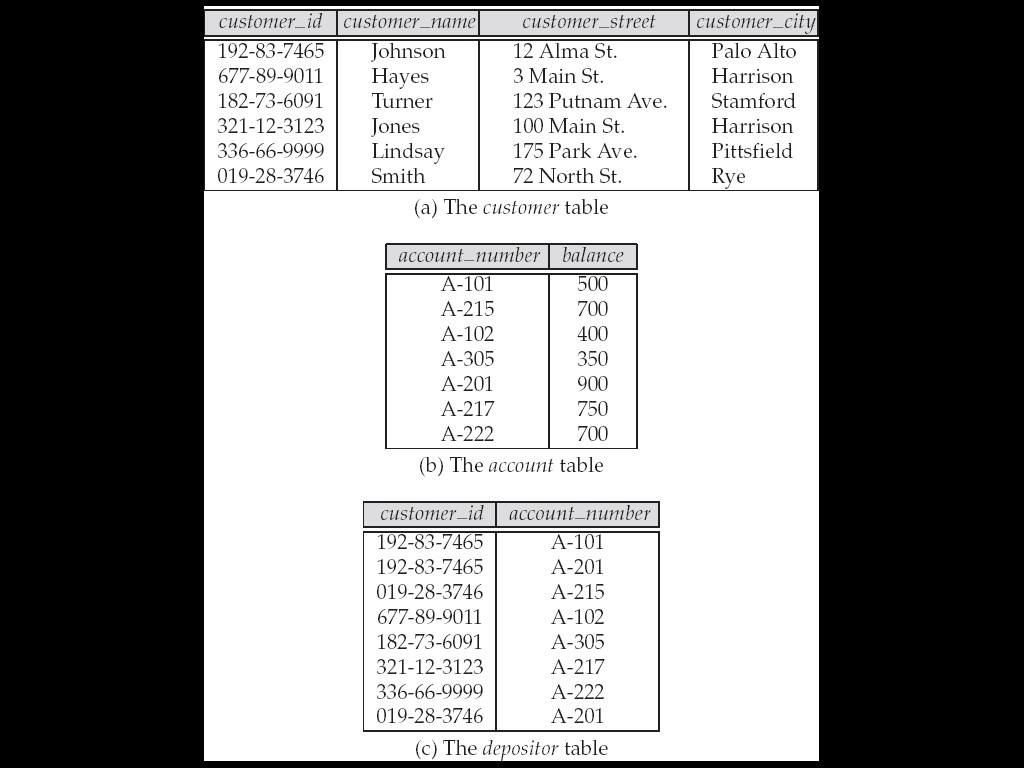
Advantages
Here are a few key advantages of Relational Database Models:
- Changes in the Database structure have no impact on data access in the Relational Model.
- Revising any information as tables with rows and columns makes it much easier to comprehend.
- Unlike other Models, the Relational Database Model supports both data independence and structure independence, making Database design, maintenance, administration, and usage much easier.
- You can use this to write complex queries to access or modify Database data.
- In comparison to other models, it is easier to maintain security.
Drawbacks
- It’s difficult to map objects in a Relational Database.
- The Relational Model lacks an object-oriented paradigm.
- With Relational Databases, maintaining data integrity is difficult.
- The Relational Model is suitable for small Databases but not for large Databases because they are not designed for change. Each row represents a unique entry, and each column describes unique attributes, in relational databases. Data Modeling requires planning ahead of time and, depending on the system, can take months or even years. After-the-fact changes take time and resources, and Database Modeling projects can take years and cost millions of dollars. Because big data is always changing, a flexible and forgiving database platform is required.
- Hardware costs are incurred, making it expensive.
- The relational data model is not appropriate for all domains. Schema evolution is difficult due to an inflexible data model. Poor horizontal scalability results in low distributed availability. Due to joins, ACID transactions, and strict consistency constraints, performance has suffered (especially in distributed environments).
- The implementation complexities and physical data storage details of a Relational Database system are hidden from users.
Hierarchical Database Model
It’s one of IBM’s first types of Database Models for information management. The data is organized in a tree-like structure in a Hierarchical Database Model.
Nowadays, these types of Database models are uncommon. It has nodes for records and branches for fields. A hierarchical Database is exemplified by the Windows registry in Windows XP whose configuration options are saved as node-based tree structures.
The diagram below depicts a generalized Hierarchical Database Model (data represented or stored in the root node, parent node, and child node).

The diagram above illustrates a hierarchical Database Model for a university management system. The “parent-child” relationship is used to store data in this type of Database.
Advantages
- The Model facilitates the addition and deletion of new data.
- Data at the top of the Hierarchy can be accessed quickly.
- It was compatible with linear data storage media like tapes. The hierarchical database was well-suited to the tape storage systems used by mainframes in the 1970s, and it was widely used in organizations with databases based on those systems.
- It applies to anything that relies on one-to-many relationships. For example, a president may have many managers reporting to them, and those managers may report to many employees, but each employee has only one manager.
Drawbacks
- It necessitates the storage of data in multiple entities regularly.
- Linear data storage mediums, such as tapes, are no longer used today.
- When looking for data, the DBMS must go through the entire Model from top to bottom until the required information is found, which makes queries extremely slow.
- Only one-to-many relationships are supported by this Model; many-to-many relationships are not.
Network Database Model
The Database Task Group formalized this model in the 1960s. The hierarchical model is generalized in this model. This model can have multiple parent segments, which are grouped into levels, but there is a logical relationship between the segments that belong to each level. Typically, any of the two segments have a many-to-many logical relationship.
Because it resembles a Hierarchical Database Model, it is frequently referred to as a modified version of a Hierarchical database. The Network Database Model organizes data in a graph-like fashion and allows for multiple parent nodes.
The Network models are the types of Database models that are designed to represent objects and their relationships flexibly. The network model extends the hierarchical model by allowing many-to-many relationships between linked records, which implies multiple parent records.
The types of database models are built using sets of related records and are based on mathematical set theory. Each set contains one owner or parent record as well as one or more child or member records. This model can convey complex relationships because a record can be a member or child in multiple sets.
After being formally defined by the Conference on Data Systems Languages in the 1970s, it became extremely popular (CODASYL).

Advantages
- The network model is conceptually simple to implement.
- The network model can better represent data redundancy than the hierarchical Model.
- The network model can handle one-to-many and many-to-many relationships, which is extremely useful in simulating real-world scenarios such as the Network model for a Finance Department, Restaurant Chain workflow, etc.
- The network model is better than the hierarchical Model at isolating programs from complex physical storage details. The network model allows each record to have multiple parent and child records, forming a generalized graph structure, whereas the hierarchical database model structures data as a tree of records with each record having one parent record and many children.
Drawbacks
- Because all records are maintained using pointers, the Database structure becomes extremely complicated.
- Any record’s insertion, deletion, and updating operations necessitate numerous pointer adjustments.
- Changing the Database’s structure is extremely difficult.
Object-Oriented Database Model
In object-oriented programming, an Object Database is a system in which data is represented as objects. Relational Databases, which are table-oriented, are not the same as object-oriented Databases. The Object-Oriented Data Model is one of the types of database models that is based on the widely used concept of object-oriented programming languages.
Polymorphism, inheritance, and overloading are all terms that come to mind when thinking about inheritance. Some of the key concepts of object-oriented programming that have been applied to Data Modeling include object identity, encapsulation, and information hiding with methods to provide an interface to objects. In addition to structured and collection types, the object-oriented data model supports a data-rich type system. Object-Oriented models, including general object databases with no additional spatial functionality, are the best databases for spatial data, especially vector data. Read about UML database modeling in detail.
The difference between Relational and object-oriented types of Database Models is illustrated in the diagram below.

An Object-Oriented Model is illustrated in the diagram below.
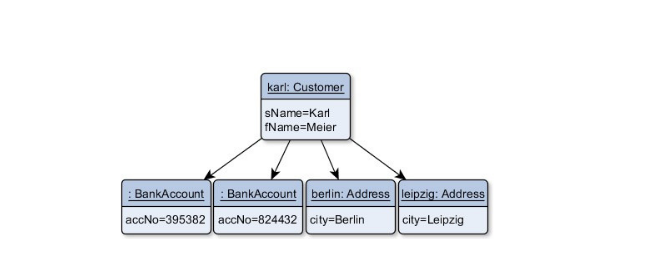
Advantages
- Object Databases can store a variety of data types, whereas Relational Databases store only one type of data. Object-oriented Databases, unlike traditional Databases such as hierarchical, network, and Relational Databases, can handle a variety of data types, including pictures, voice, video, text, and numbers.
- You can reuse code, Model real-world scenarios, and improve reliability and flexibility with object-oriented Databases.
- Because most of the tasks within the system are encapsulated, they can be reused and incorporated into new tasks, object-oriented Databases have lower maintenance costs than other Models.
Drawbacks
- An OODBMS lacks a theoretical foundation because there is no universally defined data Model.
- OODBMS usage is still limited when compared to RDBMS usage.
- There is a lack of security support in OODBMSs that do not include adequate security mechanisms.
- The system is more complex than conventional Database management systems.
Object-Relational Database Model
This hybrid Database Model is one of the types of Database Models that combines the Relational Model’s simplicity with some of the Object-Oriented Database models’ advanced functionality. It allows designers to incorporate objects into the common table structure.
SQL3, vendor languages, ODBC, JDBC, and proprietary call interfaces are all extensions of the Relational Model’s languages and interfaces.
Entity Relationship Database Models
Entity Relationship Database Model is one of the types of Database models that is similar to the network model, it captures relationships between real-world entities, but it isn’t as closely linked to the Database’s physical structure. It’s more commonly used to conceptually design a Database.
The people, places, and things about which data points are stored are referred to as entities, and each of them has specific attributes that make up their domain. The cardinality of entities, or the relationships between them, is also mapped.

The star schema is a common ER diagram that connects multiple dimensional tables through a central fact table.
Other Database Models
Other types of database models have been used before, and some are still in use today.
Inverted File Model
An Inverted File Structure Database is one of the other types of database models that are designed to allow for quick full-text searches. The data content is indexed as a series of keys in a lookup table, with the values pointing to the location of the associated files in this Model. For example, in Big Data and analytics, this structure can provide near-instantaneous reporting.
Since 1970, this Model has been used by Software AG’s ADABAS Database management system, and it is still supported.
Flat Model
The Flat Models are the oldest and most basic types of data models. It simply lists all of the information in a single table with columns and rows. The computer must read the entire flat file into memory to access or manipulate the data, making this Model inefficient for all but the smallest data sets.
Multidimensional Model
These are the types of database models that are Relational model that has been tweaked to help with analytical processing. This Model is designed for online analytical processing, while the Relational Model is optimized for online transaction processing (OLTP) (OLAP).
A dimensional Database’s cells contain information about the dimensions it tracks. Instead of two-dimensional tables, it looks like a collection of cubes.
Semistructured Model
A semistructured Model is one of the types of Database Models which is typically found in the Database schema and is embedded with the data in this Model. The line between data and schema is blurry at best in this case. These types of Database Models are useful for describing systems that are treated as Databases but cannot be constrained by a schema, such as certain Web-based data sources. It can also be used to describe interactions between Databases that have different schemas.
Context Model
As needed, elements from other types of Database Models can be incorporated into this Model. It combines aspects of Object-Oriented, Semi-Structured, and Network Models.
Associative Model
The associative models are the types of Database models that categorize all data points into two categories: entities and associations. An Entity is anything that exists independently in this Model, whereas an Association is something that exists only about something else.
The data is divided into two groups by the Associative Model:
- A collection of items, each with its unique identifier, name, and classification.
- A collection of links, each with its unique identifier and the source, verb, and target identifiers. Each of the three identifiers may refer to a link or an item, and the stored fact is about the source.
Other types of Database Models that are less common include:
- Information about how the stored data relates to the real world is included in the semantic model.
- Data can be specified and even stored in XML format using an XML Database.
- Named graph
- Triplestore
Conclusion
This article discusses the different types of Database Models extensively. In addition to that, it describes what Database Models are.
Hevo Data, a No-code Data Pipeline provides you with a consistent and reliable solution to manage data transfer between a variety of sources and a wide variety of Desired Destinations, with a few clicks. Hevo Data with its strong integration with 150+ sources (including 40+ free sources) allows you to not only export data from your desired data sources & load it to the destination of your choice, but also transform & enrich your data to make it analysis-ready so that you can focus on your key business needs and perform insightful analysis.
Want to take Hevo for a spin? Sign Up for a 14-day free trial and experience the feature-rich Hevo suite firsthand. You can also have a look at the unbeatable pricing that will help you choose the right plan for your business needs.
Frequently Asked Questions
1. What are the three main database models?
The three main database models are Relational, NoSQL, Object-Oriented.
2. What are the four types of models in DBMS?
The four types of DBMS models are Hierarchical, Network, Relational, Object-Oriented.
3. What are the 4 types of data in database?
The four types of data in a database are Numeric, Character, Date/Time, Binary.








